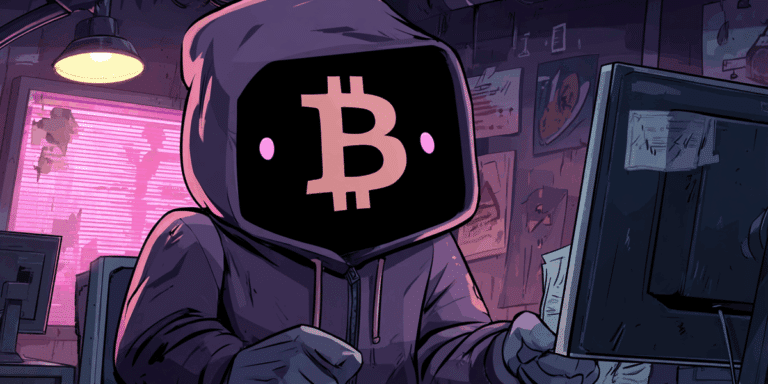Bitcoin Slips Under $116K Amid Profit-Taking and Economic Concerns
3.33% PPI Reduces Hopes for Fed Rate Cuts.
Key Takeaways:
- BTC retreats 7.29% from its $124,457 ATH, now testing $115K support.
- Even with PPI’s inflation, the odds for a September rate cut soar.
- Analysts urge big bets on Bitcoin, gold, and silver amidst economic turmoil.
Bitcoin has dipped below the $116,000 price zone, marking a sharp reversal from its recent all-time high of $124,457 celebrated earlier last week. The drop in value reflects a 7.29% loss, as stronger-than-expected U.S. economic data renewed concerns over inflation and interest rate policies.
3.33% PPI Reduces Hopes for Fed Rate Cuts
Bitcoin's all-time high rally, fuelled by softer U.S. consumer price index data, came to an abrupt pause when the July producer price index showed a 3.3% year-over-year increase, while it rose 0.9% over the prior month in July, ahead of the 0.2% forecast.
The reading was hotter than expected and immediately raised concerns that inflationary pressures remain embedded in the economy.
For investors, this was troubling. Stronger producer prices suggest companies are still facing higher costs, which could spill into consumer prices and make the Federal Reserve cautious about easing too quickly.
Hopes for aggressive rate cuts dimmed, and risk assets such as Bitcoin reacted in kind.
Even with the spike, futures markets have not fully abandoned the idea of a September cut. The CME FedWatch Tool showed odds of a dovish pivot at 92% earlier this week. After the PPI release, those chances dropped to 84.8%.
Odds of a September Fed rate cut are at 84.8%. Source: CME FedWatch
Sentiment fell off further on August 14 when Treasury Secretary Scott Bessent confirmed the U.S. would not expand its Bitcoin reserves beyond confiscated holdings. His remarks triggered a $2,187 hourly plunge, erasing $55 billion from Bitcoin’s market cap.
Markets reacted within minutes. Bitcoin fell from $121,073 to $118,886 in under an hour, wiping nearly $55 billion from its total value.
Later that day, Bessent tried to clarify. In a post on X, he explained that the U.S. Bitcoin reserve would expand only through assets seized in criminal cases.
He argued this was a budget-neutral approach, aligned with President Trump’s earlier executive order on cryptocurrency leadership.
Traders viewed his comment as a reason to pull back, leaving the BTC price under pressure.
Sentiment indicators reflect the divide. For instance, the Fear and Greed Index now stands at 56, a neutral reading. This means investors are neither overly fearful nor excessively greedy, but instead sitting on the fence.
For now, the next catalyst remains U.S. macroeconomic events. A fresh signal from the Fed, a shift in US Treasury policy, or a pro-Bitcoin regulatory announcement could set the tone for the next leg of movement.
Despite the turbulence, Bitcoin is holding at $115,368. The benchmark cryptocurrency still outperforms gold, which is trading around $3,355 per ounce, up just 0.61%.
The divergence raises a key question for investors. Is Bitcoin slowly overtaking gold as the preferred safe-haven asset?
Robert Kiyosaki, the bestselling author of Rich Dad Poor Dad, believes this to be true. Last month, when Bitcoin was trading near $123,000, he cautioned that bubbles across the U.S. economy were beginning to burst and that the premier crypto coin could also feel the heat.



